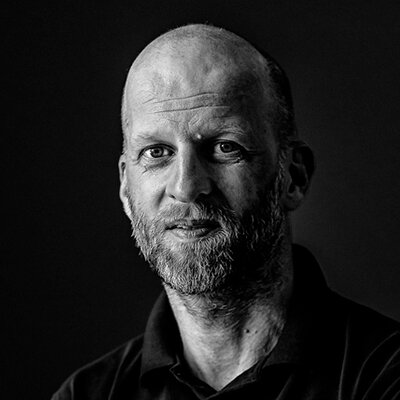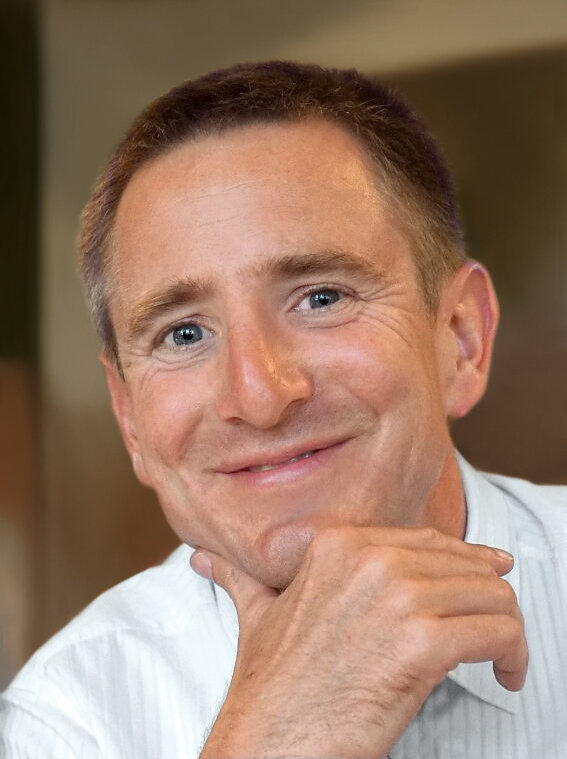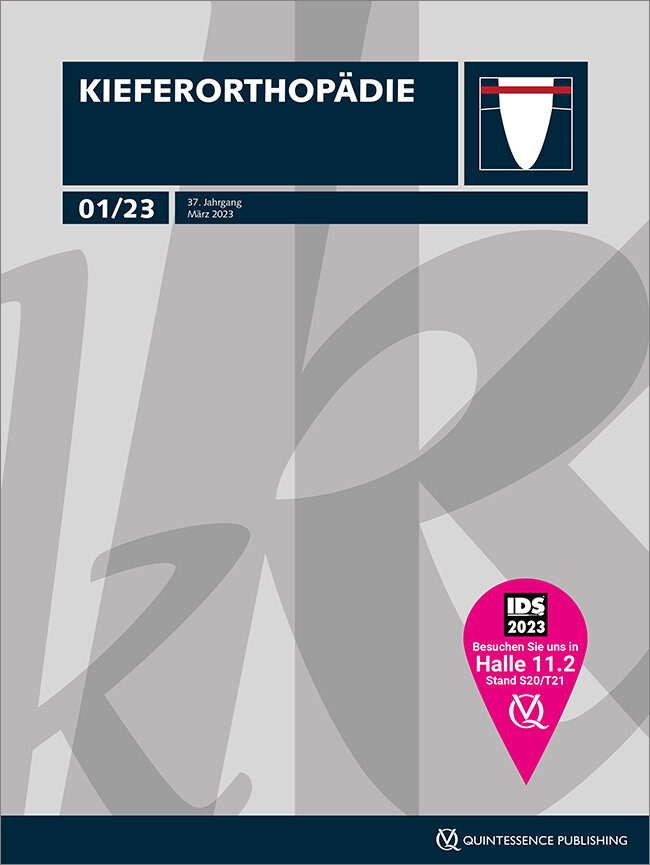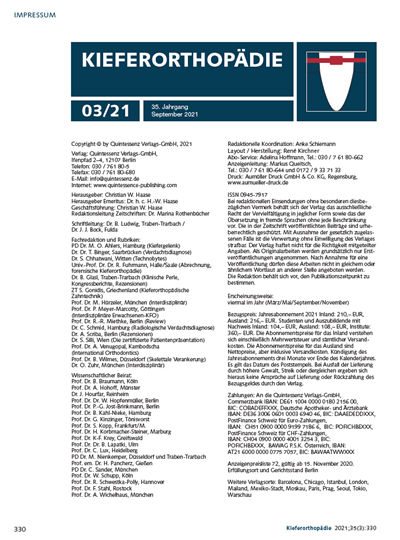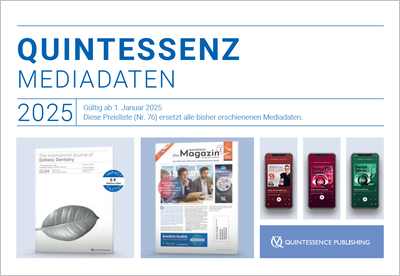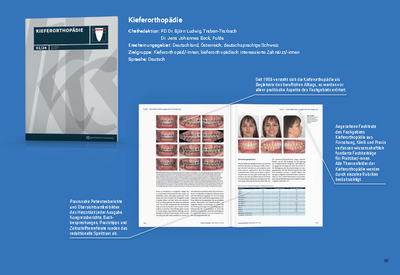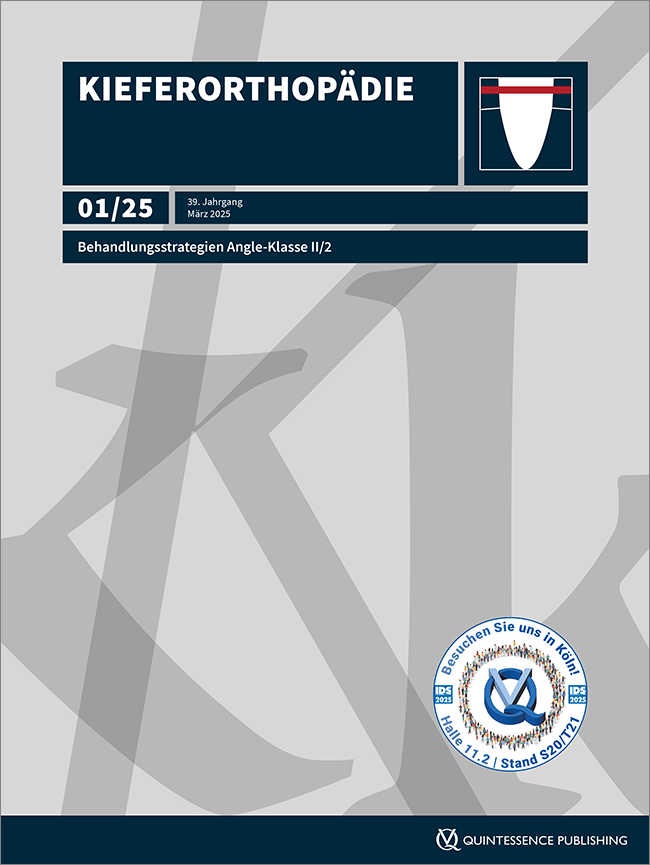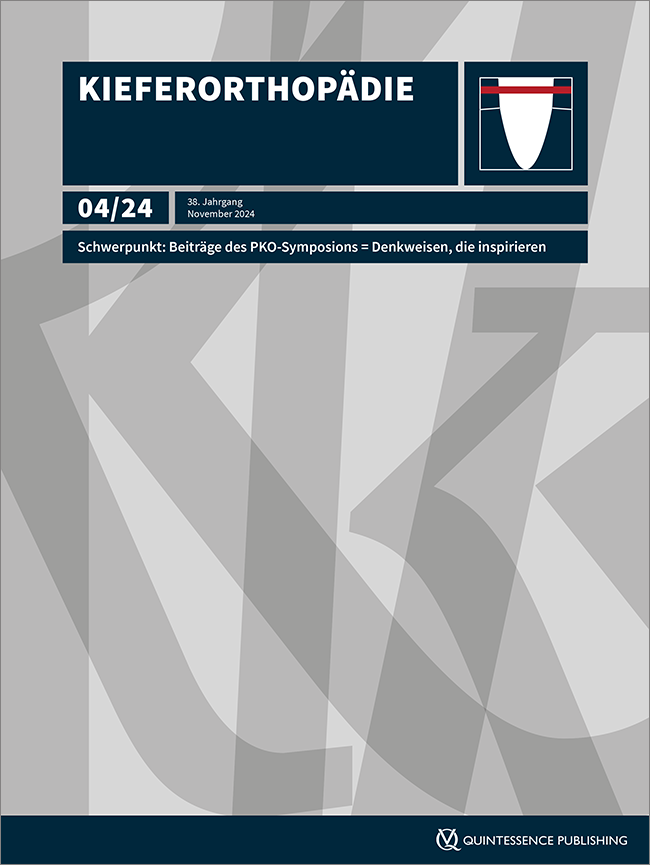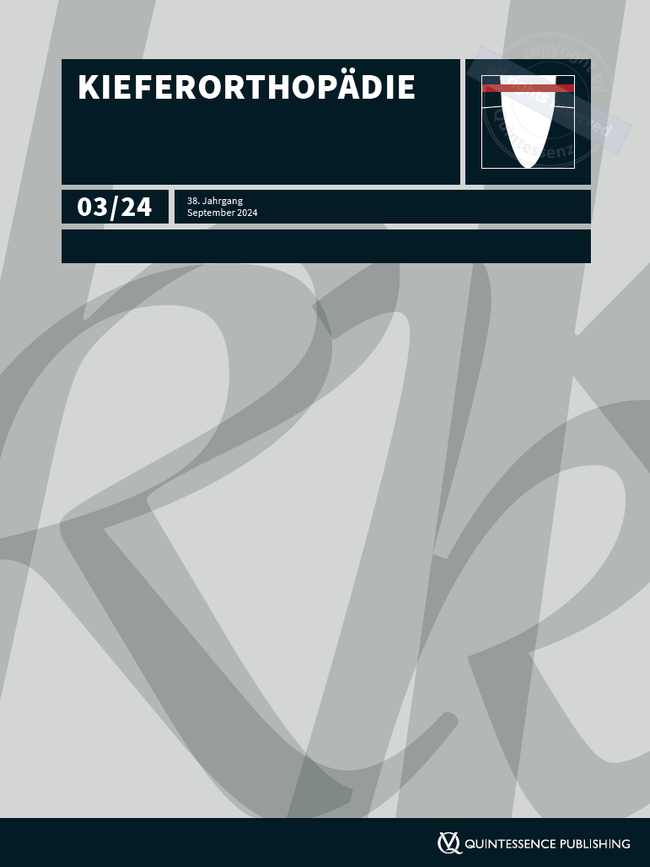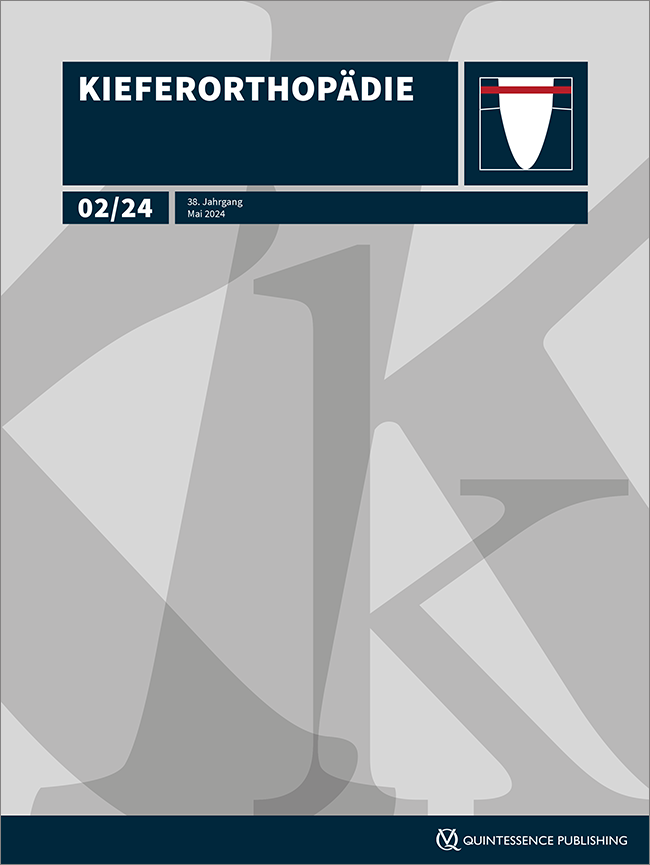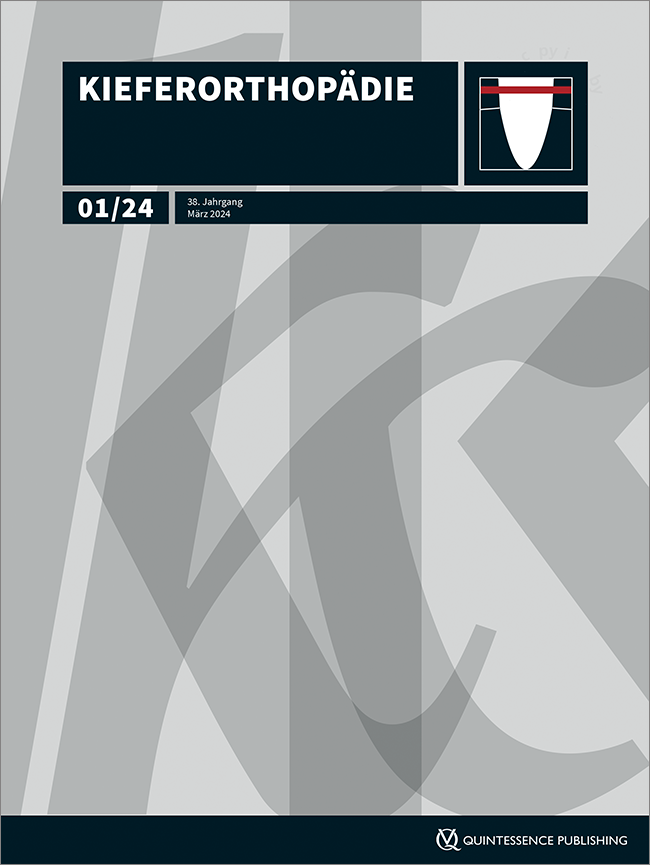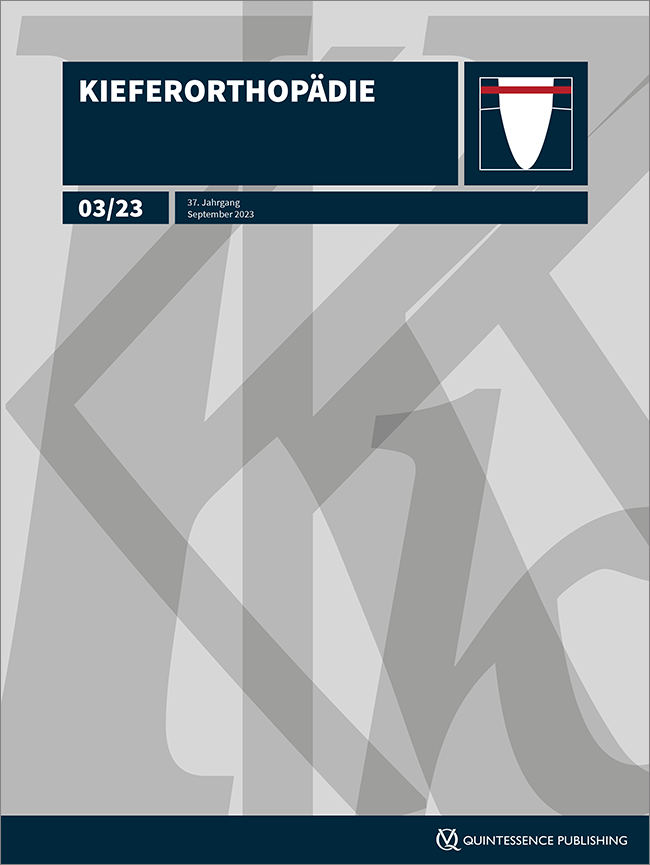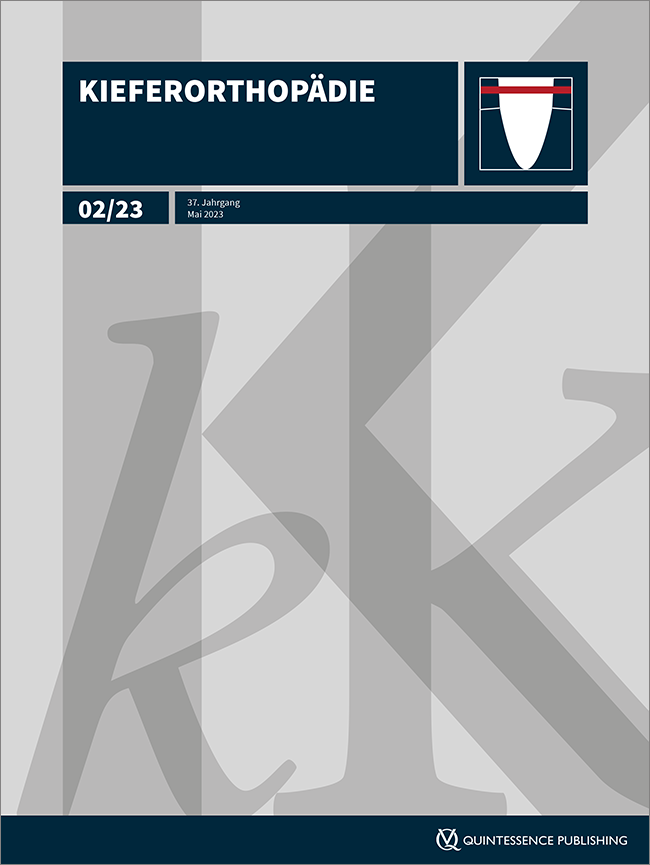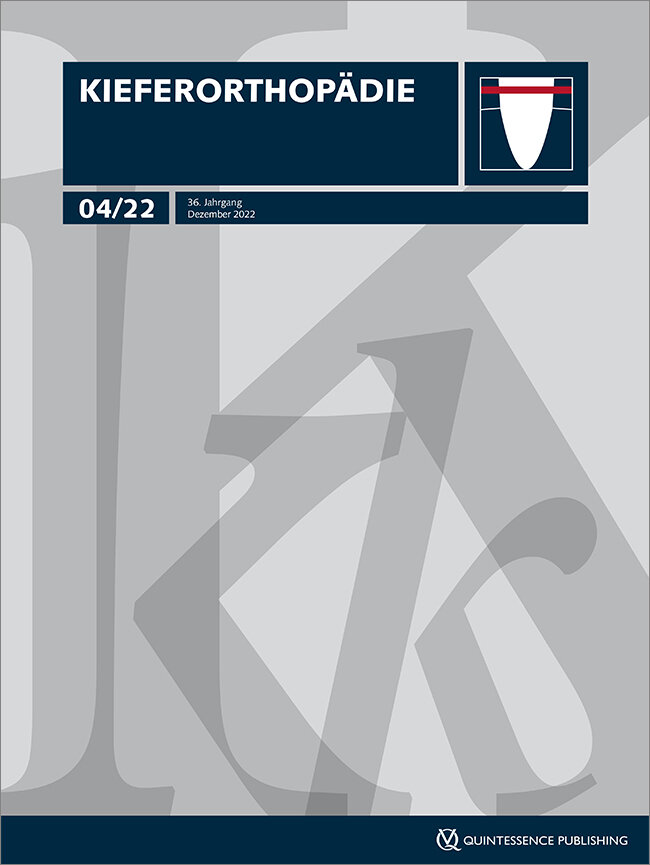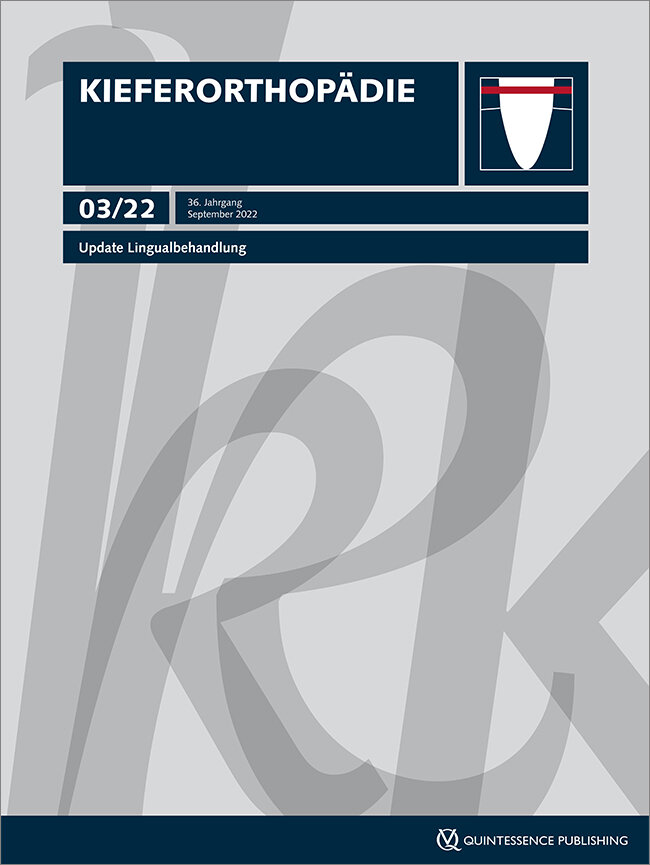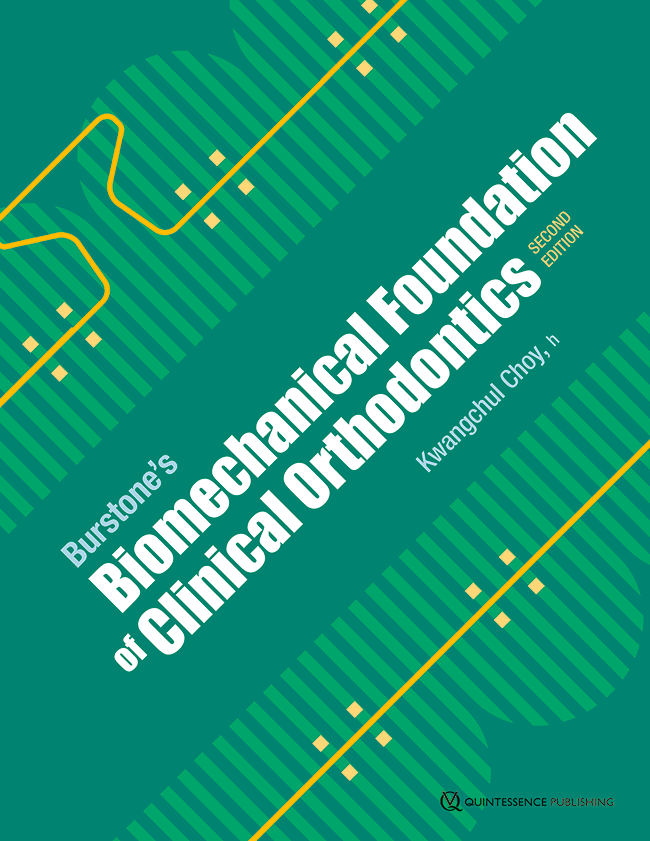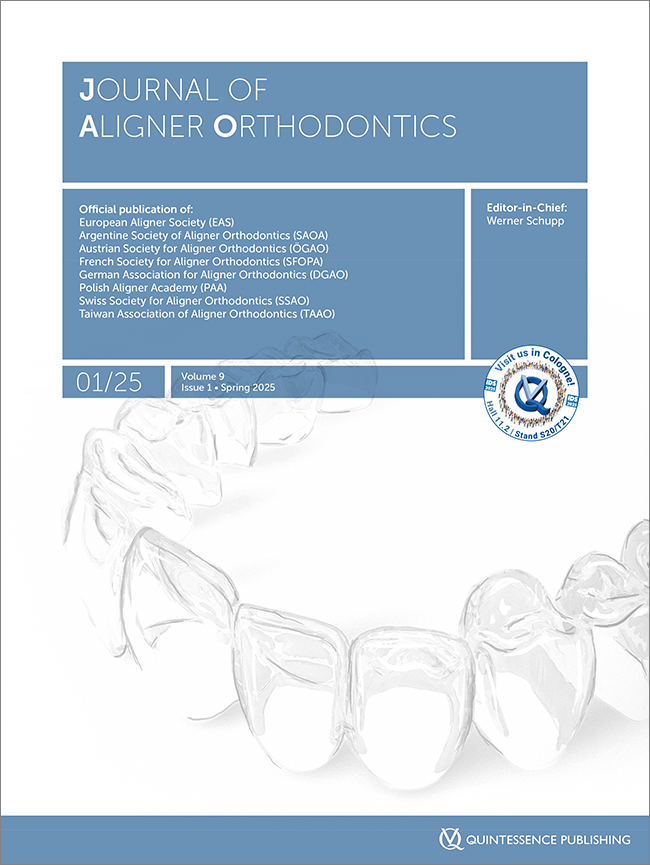EditorialPages 111, Language: GermanLudwig, Björn / Bock, Jens JWissenschaftPages 115-120, Language: German, EnglishWinkelmann, Sofie / Berger, Helen / Ludwig, BjörnAligners are transparent, removable appliances used for tooth correction, with their development dating back to H. D. Kesling. In recent decades, advancements in CAD/CAM have significantly expanded the aligner market. In this context, the production of in-house aligners, with manufacturing taking place directly within the orthodontic practice, is gaining momentum. The following article presents current trends and insights into in-house aligner production based on a representative survey.
Keywords: in-house aligner, digital orthodontics, CAD/CAM, digital workflow
WissenschaftPages 121-137, Language: German, EnglishBerger, Lilian / Stawarczyk, Bogna / Keller, Alexander / Wichelhaus, Andrea / Hoffmann, LeaObjective: To compare the physical and biologic properties of plastics for oral splints made using subtractive or additive methods with conventional materials. For additively manufactured splints, only studies involving resin-based systems were considered.
Materials and methods: The literature search was conducted according to PRISMA guidelines, with an electronic search in the MEDLINE database (via PubMed) from February 14, 2025, to March 25, 2025.
Results: When comparing different materials used for oral splints, subtractively manufactured splints exhibit the highest mechanical properties, characterized by greater hardness and initially higher flexural strength. In both subtractive and additive manufacturing techniques, flexible material subgroups have become available in addition to conventional materials. These flexible materials demonstrate distinct mechanical characteristics and contribute to the heterogeneity of results—particularly among 3D-printed materials. Flexible 3D-printed materials show the highest wear when compared to conventionally and subtractively processed materials. Conventional 3D-printed materials exhibit similar abrasion resistance to that of conventionally and subtractively produced splints. The elution of monomers into water is higher in 3D-printed splints than in conventional or subtractive counterparts; however, subsequent surface polishing can improve biocompatibility. Additionally, both the 3D printing direction and postprocessing steps such as washing and curing influence the outcome and can be further optimized through postcuring in a nitrogen atmosphere.
Conclusions: Additional clinical studies are necessary to make well-founded statements about the clinical suitability of these materials.
Keywords: splints, orthodontics, 3D printing, CAD/CAM, mechanical properties
WissenschaftPages 139-145, Language: German, EnglishNwaisser, Jan / Othman, Ahmed / Ströbele, Dragan / Moncher, Michael / Zimprich, Vera / von See, ConstantinThis study is concerned with how accurately the predicted virtual gingival progression of the SureSmile (Sirona) aligner planning software corresponds to the clinical gingival margin after completion of splint therapy. SureSmile focuses primarily on tooth movement but inevitably results in a change in the gingiva due to orthodontic movement. To evaluate the predictability of this change, the digital planning of the predicted final situation of seven patient jaws was superimposed and compared with the clinical outcome after completion of clear aligner therapy. Using the 3D software Final Surface (GFaI), the two selected STL files were referenced and subjected to a distance analysis. The matched data sets were measured and analyzed. The results showed an agreement of 76 % between the predicted and real gingival margin, with a maximum of 0.98 mm. Kruskal-Wallis analysis was performed and revealed significant differences between the groups (P = .031). As there is little scientific literature on the predictability of soft tissue in clear aligner therapy planning software, this paper aims to provide food for thought on this topic.
Keywords: orthodontics, clear aligner therapy, marginal gingiva, recessions, aligner therapy
Pages 147-164, Language: German, EnglishPalone, Mario / Morin, Eugenia / Maino, Giuliano Bortolo / Paoletto, Emanuele / Cremonini, Francesca / Lombardo, LucaIntroduction: This case report presents a case of skeletal Class I malocclusion characterized by maxillary transverse deficiency (MTD) resolved by using a hybrid rapid palatal expander (h-RPE). To avoid undesired effects and promote pure skeletal expansion, especially of the anterior palate, anchorage was shifted from hybrid to bone-borne. Case Report: A 13-year-old girl with Class I malocclusion and an anterior open bite tendency sought treatment for anterior dental misalignment. Intraorally, she presented with a bilateral Class I molar relationship and a bilateral Class II edge-to-edge canine relationship. The maxilla exhibited MTD with a V-shaped form, although no posterior crossbites were present; the maxillary canines were high displaced and ectopic, and the maxillary lateral incisors were palatally positioned. After an initial phase of expansion conducted by h-RPE (21 activations), both arms of the RPE were cut, shifting from hybrid to bone-borne anchorage, and a further 14 activations were prescribed. Subsequently, fixed vestibular appliances were placed in both arches to achieve adequate alignment, leveling, and arch coordination, followed by additional activations of the bone-borne RPE (total of 45 turns). Conclusions: Use of a hybrid RPE represents a viable option for correcting MTD in adolescent patients with advanced skeletal maturity. Precise planning of digital miniscrew insertion to ensure bicortical anchorage facilitates the transition from hybrid to bone-borne anchorage, thereby preventing undesired dental effects and maximizing skeletal effects. Moreover, it enables an increase in the transverse dimension of the anterior palate without inducing iatrogenic scissor bites.
Keywords: maxillary transverse deficiency, skeletal anchorage, palatal miniscrew, hybrid rapid palatal expander, bicortical anchorage, fixed vestibular appliances
International OrthodonticsPages 165-182, Language: English, GermanBharadwaj, Rekha / Kabilan, Anirudha / Balasubramanian, Saravanan / Krishnaswamy, N RThis article explores the advanced workflow involved in the direct printing of dental aligners, highlighting the significant features of Digital Aligner Design software. The study elucidates the step-by-step process from patient data acquisition to the final production of aligners, emphasising efficiency and precision. Using case reports, the present authors demonstrate the practical application of Digital Aligner Design software, which incorporates algorithms for optimal tooth movement planning and aligner design. The software’s interface and robust features facilitate easy integration into clinical practice, ensuring enhanced patient outcomes. The case reports presented illustrate the capability of unique aligner features in addressing diverse orthodontic challenges, showcasing their adaptability and effectiveness in real-world scenarios.
Keywords: direct printed aligners, shape memory polymers, workflow
International OrthodonticsPages 183-193, Language: English, GermanSalomone, Amedeo / Maino, Giuliano B / Paoletto, Emanuele / Olivero, Virginia / Lombardo, LucaThis case report describes a patient with two missing teeth who underwent one-stage orthodontic treatment using minimally visible appliances. As one space was already closed, the treatment consisted of asymmetrical space closure using skeletal anchorage and a partial vestibular appliance. The goal was to close the extraction space by mesialising the posterior teeth while avoiding side-effects on the other teeth, considering that both the maxilla and mandible were symmetrical to each other, and the dental midlines were perfectly coincident. This case report demonstrates the possibility of achieving space closure using maximum anterior anchorage without adverse effects on the rest of the dentition and the profile.
Keywords: asymmetrical space closure, maximum anterior anchorage, Miniscrew Assisted Palatal Appliance System
KongressberichtPages 195-199, Language: GermanKnode, Vanessa / Berger, Helen35. Symposion Praktische KieferorthopädieBiomechanikPages 201-204, Language: German, EnglishSchwindling, Franz-PeterGingival recessions are morphologic changes of the attached gingiva that represent a non-inflammatory loss of attachment. Exposing the root surfaces disrupts the harmonious red-white esthetics. In addition to traumatic recessions by tooth brushing, certain orthodontic movements also appear to contribute to the development of recessions. A specific form of recession genesis is discussed in the following article.
Keywords: gingival recession, rotation, rotated premolars, red-white esthetics
ZeitschriftenreferatePages 205-211, Language: GermanRödelbronn, Lisa-MarieDie differenzialdiagnostisch interessante KasuistikPages 213-215, Language: GermanBinger, Thomas / Binger, Ann Kathrin / Siena, Franziska 



